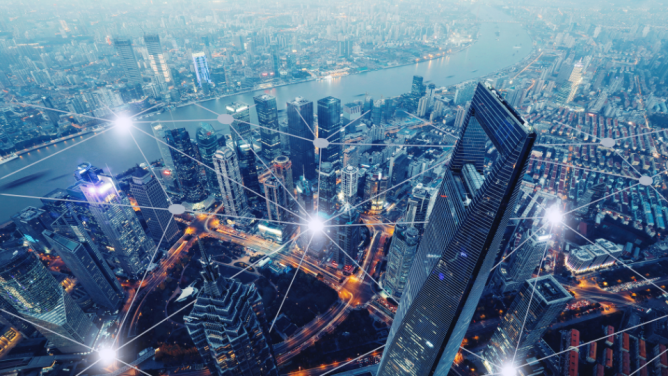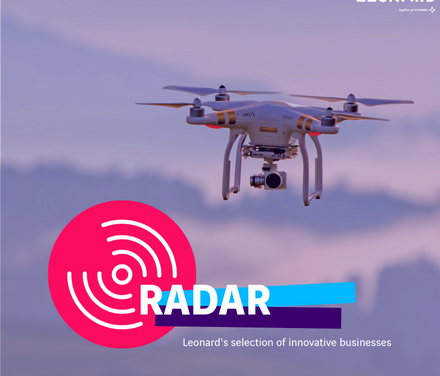Disruption is on everyone’s lips in the economic and social news and opinion pieces. As the news suggests that “the yellow vest phenomenon is akin to political disruption”, we now talk about “disruptive presidents” and startups that “aim to disrupt” this or that sector… Together with neologisms like “uberization” and “disintermediation”, the concept of disruption is so prevalent that it has started to lose its true meaning. However, disruption is more than a trendy word. For businesses, it’s a fact that is likely to throw out all the standard rules. What does the disruption trend mean for the leading market players? What benefits and challenges will it bring? And how can organizations manage its effects?
1. Everything you need to know about disruption
In every industry from transport and real estate, to insurance and distribution, the established players, many of whom have dominated the market for decades, are all keeping a close eye on the rise of new economic models that just might obliterate their fundamentals.
Their concern is understandable: companies are dropping off the S&P 500 at a faster rate than ever before. In 1995, companies maintained their spot on the index for an average of 30 years. In 2015, that number dropped to 20 years, and it is expected to fall to 12 years by 2030. Startups like Uber and Airbnb have proven that entire industries can be totally revolutionized almost overnight. These young companies have notably capitalized on the power of digital to transform the taxi and hotel markets. Both took on seemingly invincible competitors by offering radically new services.
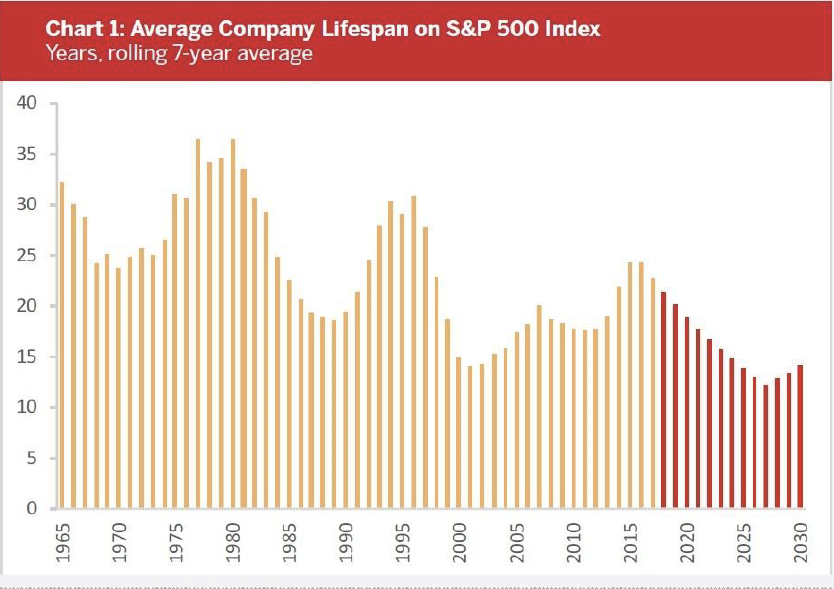
But what does “disruption” mean exactly?
Merriam Webster tells us that “disruption” means a “break” or “interruption”. For Cambridge, disruption in the business world describes a complete transformation in the usual way that an economic sector works. This ultra-modern term refers to a phenomenon that is as old as time. Throughout history, we can even distinguish several major phases of “disruption”, or the replacement of one economic model by another, such as the agricultural revolutions of the 17th and 18th centuries, or the Industrial Revolution of the 19th century. Each phase starts by developing a better response to consumer needs.
“Disruptive innovation describes a process by which a product or a service takes root initially in simple application at the bottom of a market and then moves up market, eventually displacing established competitors.”
Clayton Christensen I Professor at Harvard Business School
This needs-based approach echoes the position of Clayton Christensen, professor at Harvard Business School, who used the expression “disruptive technology” for the first time in his 1997 book, The Innovator’s Dilemma. In his view, disruptors have a knack for creating new customers by zeroing in on consumer needs that are overlooked by established competitors.
“Disruption is a dynamic methodology based on creativity”
Jean-Marie Dru I co-founder and president of TBWA since 2008
According to Jean-Marie Dru, who brought the term to France, the goal of disruption is to liberate brands from the market conventions in place and help it grow by crafting an exciting new vision that will capture a large share of a future market. It represents a profound shift in the way businesses view their competitive advantages and think about how activities deliver value – or not.
To sum up, we will adopt this simple definition: disruption is the process by which a product, service or solution changes the rules within an established market, leading to a transformation in the value chain.
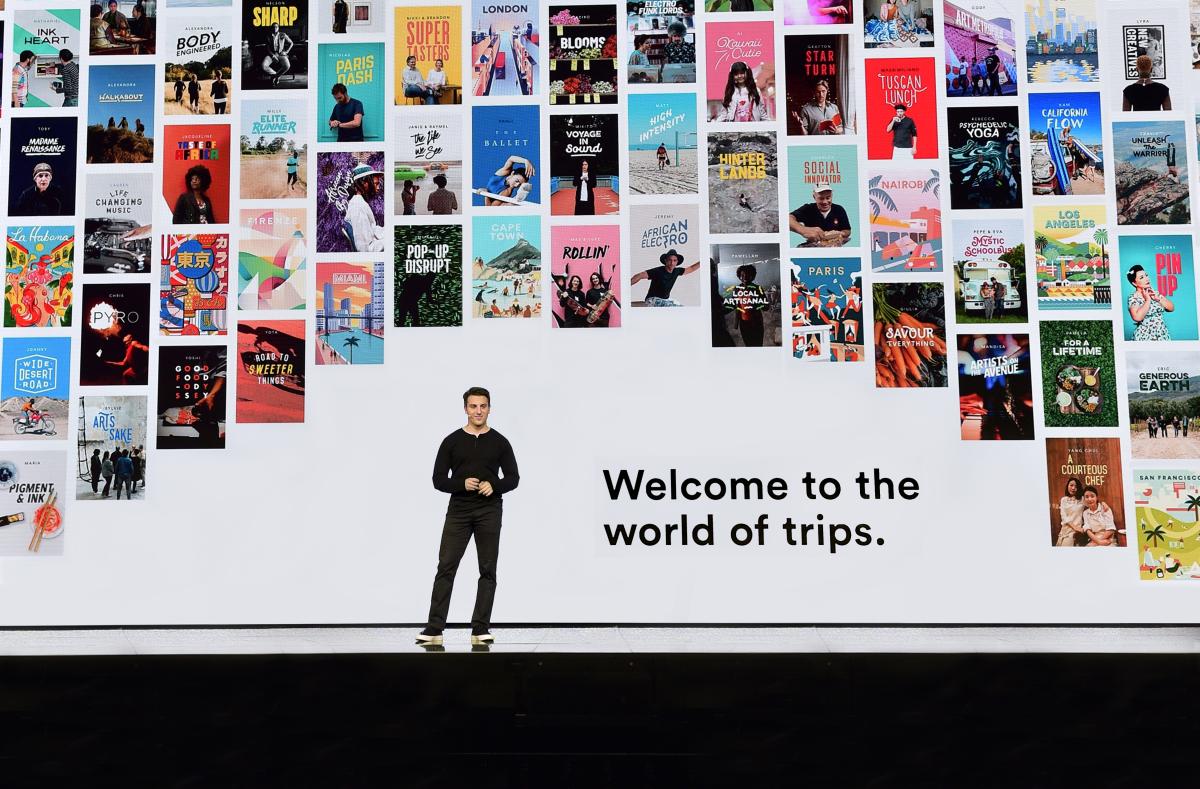
5 major characteristics of disruption
- Disruptors generally attack a common everyday problem that existing solutions have not been able to solve. Take grocery stores for example, where checkout lines can be a nightmare for shoppers. With its Amazon Go store concept, Amazon has offered a radical answer to this problem: replacing registers and checkouts with sensors and cameras.
- Every disruption starts with consumer needs, whether those needs are functional (Citymapper found its niche by offering a service to optimize work commutes), social (Whatsapp meets people’s need to stay in touch with family and friends) or emotional (Uber improved the safety of its rides by creating an emergency help button).
- Good news for companies facing disruption in their market: they often have more time to react than is generally thought. It took Amazon over ten years to disrupt brick-and-mortar bookstore and classic resellers.
- Disruption should never be taken for granted. Even as Amazon ballooned between 2009 and 2015, the number of independent bookstores grew by a shocking 35% in the Untied States. Today’s disruptors just might become tomorrow’s disrupted!
- Most of the time, the biggest disruptions conceal a larger, more fundamental revolution:
“On its own, Tesla has a rather limited impact. The company may change people’s perception, but it will not change the world. But if enough people choose to buy the Model 3, […] by stimulating competition, Tesla may become the catalyst of the market’s pivot to electric.”
Elon Musk I founder and CEO de Tesla
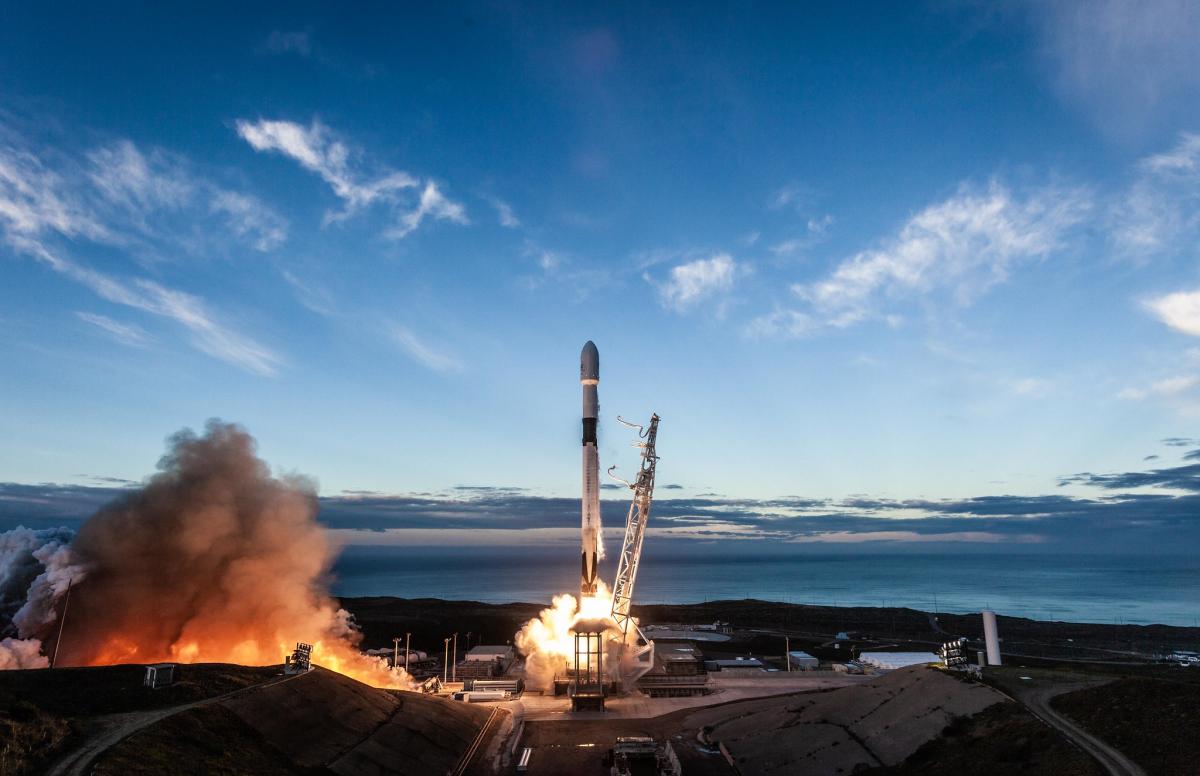
2. What is the impact for established competitors?
Airbnb: an opportunity for the hotel industry?
Disruptors shake up established companies and their strategies. For example, Airbnb totally transformed the travel industry. With more than 5 million homes in 191 countries, there is not a single hotel group that can rival the Airbnb network! But in the end, the company’s unprecedented rise has had a bigger impact on the cost of rent than hotel revenues.
In fact, the big names in the hotel industry are still going strong, because they took a wide range of measures to combat the Airbnb effect: some brands diversified or repositioned their offerings, like Accor in high-end and business travel; the industry pressured authorities to apply the same tax and property regulations to Airbnb; some created a partner ecosystem, like Marriott which launched an incubator called Travel Experiences in 2017.
“AirBNB has shifted the burden of rising prices in crowded downtown areas from travelers to residents—pushing down prices for hotel rooms, while raising rents for city dwellers.”
Derek Thompson I The Atlantic
The victims of disruption are not always its intended targets. In the case of Airbnb, the hotel industry’s established players reacted swiftly and smartly to maintain their position or create a new one. In reality, it is the residents of cities where Airbnb operates who feel all the blowback from this disruption.
The Boring Company (TBC): the Uber of tunneling?
The Boring Company has dug up a revolution in the construction industry. Company head Elon Musk, also CEO of SpaceX and Tesla, had enough of spending hours in Los Angeles traffic jams. So he came up with the idea of drilling tunnels allowing cars and electric shuttles to cut through congested urban areas at speeds up to 240 km/h! To make this project happen, Elon Musk is innovating on two fronts. First, tunnels will be smaller, faster and cheaper to build, since drilling costs are the biggest obstacle to growth in the sector today. Second, he is tying this revolution to electric mobility: TBC tunnels will only transport electric vehicles, especially Teslas.
It’s anyone’s guess if The Boring Company will shake up the construction and interurban transport sectors in the same way that Uber changed the game for taxi companies. The project has already raised numerous objections: Elon Musk is not the first person to promise to revolutionize mobility by going underground. However, as Camille Combe explains in the Urban Snapshot from La Fabrique de la Cité, “mobility isn’t all about speed. It is also about capacity. What effects on mobility flows can we expect from a system that allows only a small amount of people to ride faster than 200km/h? Would this still be mass transit? Whom would this be directed to?”
Since anticipation is the most fitting response to disruption, competitors ranging from manufacturers to mobility operators have a vested stake in studying how TBC might eat away at their business (drilling techniques, faster transport, electric vehicles, etc.), or even reinventing their own models.
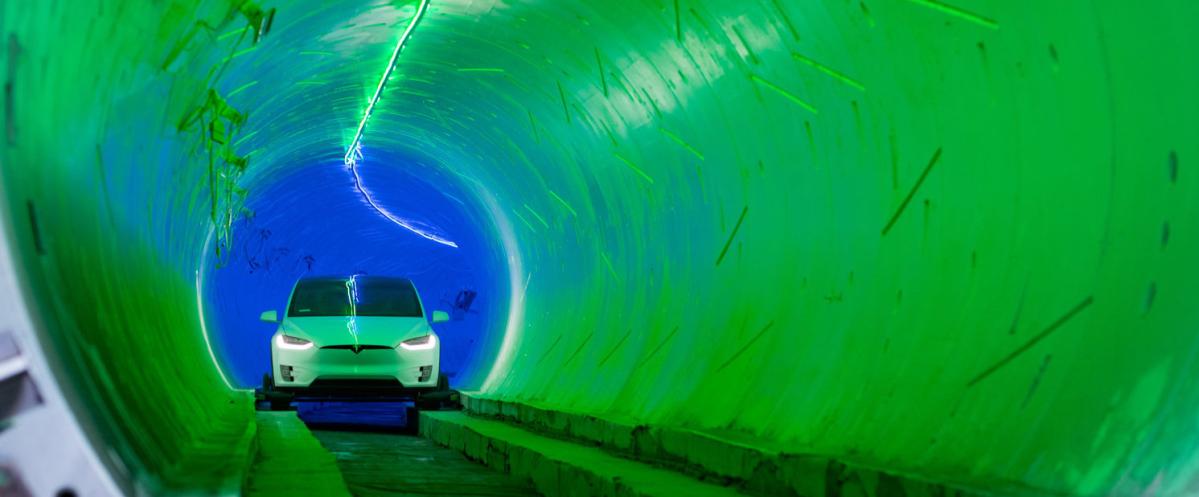
3. How to cope with disruption?
Three main steps allow companies to anticipate and combat the effects of disruption:
- Establish a diagnosis
It is absolutely essential to study consumer needs and difficulties, as well as the gaps that new players might exploit. This diagnostic will serve as the basis for defining a new offer to improve the customer experience by drawing on price, accessibility, quality and simplicity.
- Expand the scope of research
Understanding the new competitive market and existing alternatives is a key step in preparing for disruption. What companies are trying to close the gaps in the industry? What progress are they making?
One place to start for understanding the competitive market: disruption can come in four different types. It can revolutionize technology (like The Boring Company), business models (like Airbnb), user experience (like Uber) and/or processes (like Arculus, which facilitates mass production in every industry by replacing Henry Ford’s assembly lines with independent, flexible and modular stations).
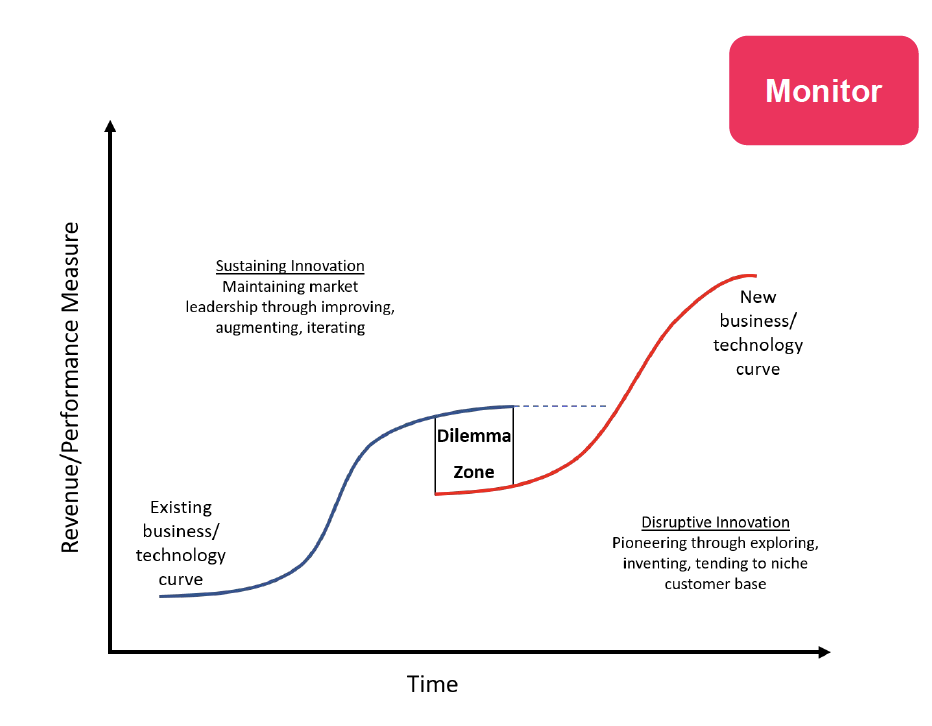
Before jumping into action and riding the disruption wave, companies also have to overcome the “innovator’s dilemma”, theorized by Clayton Christensen. Businesses must choose to develop a new market and run the risk of losing its current position, or protecting its existing market, which keeps it from innovating.
- React
The challenge is to lead the change throughout the company, which starts with the CEO, who should understand the importance of playing an active role to bring the rest of the team on board, especially middle management.
“If I had asked people what they wanted, they would have said faster horses.”
Henry Ford I
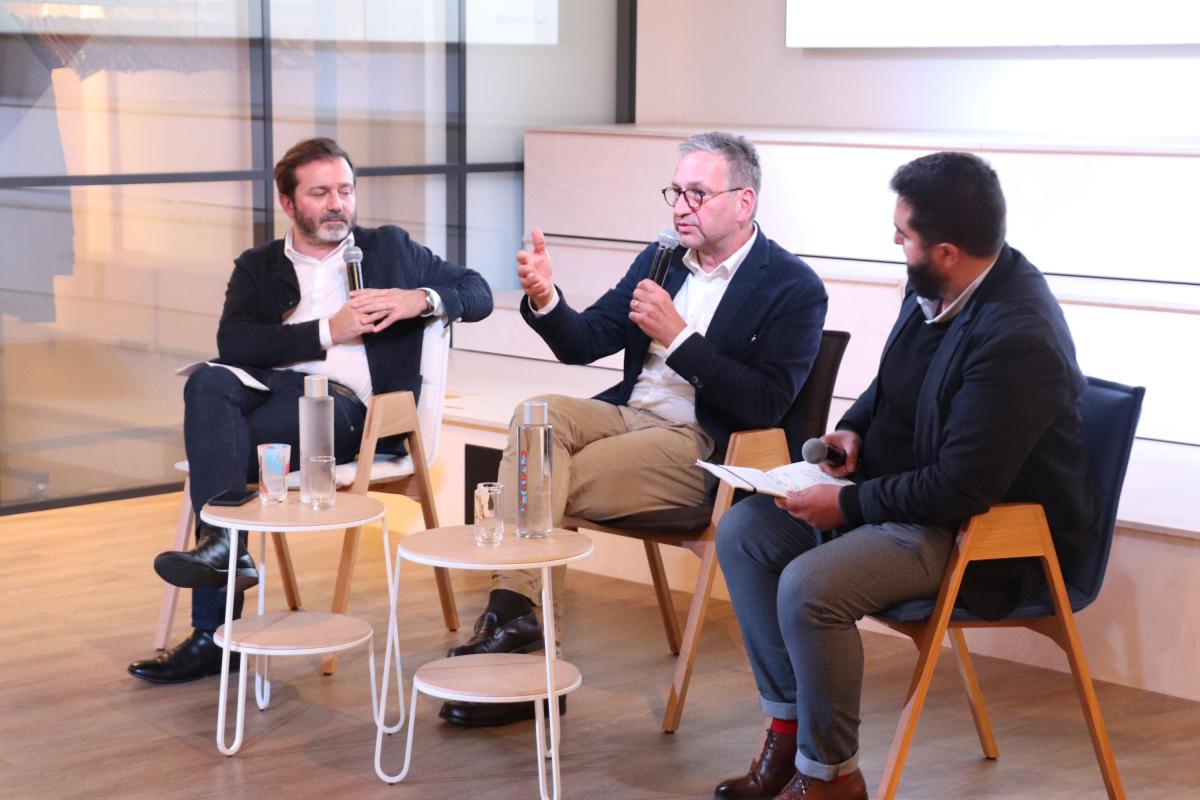
“Change management is essential. To change an organization, you have to apply pressure.”
Pierre-Guy Amand I director of innovation at ArianeGroup
In order to draw up an ambitious action plan to defend its business, companies must first adopt a new vision of their activity and redefine their playing field, while keeping in mind that “there is no market, only customers”. That means they should consider things from the customer’s perspective, instead of focusing on the product. The main goals here are to diversify and connect directly with the customer to keep new players from intruding on this relationship.
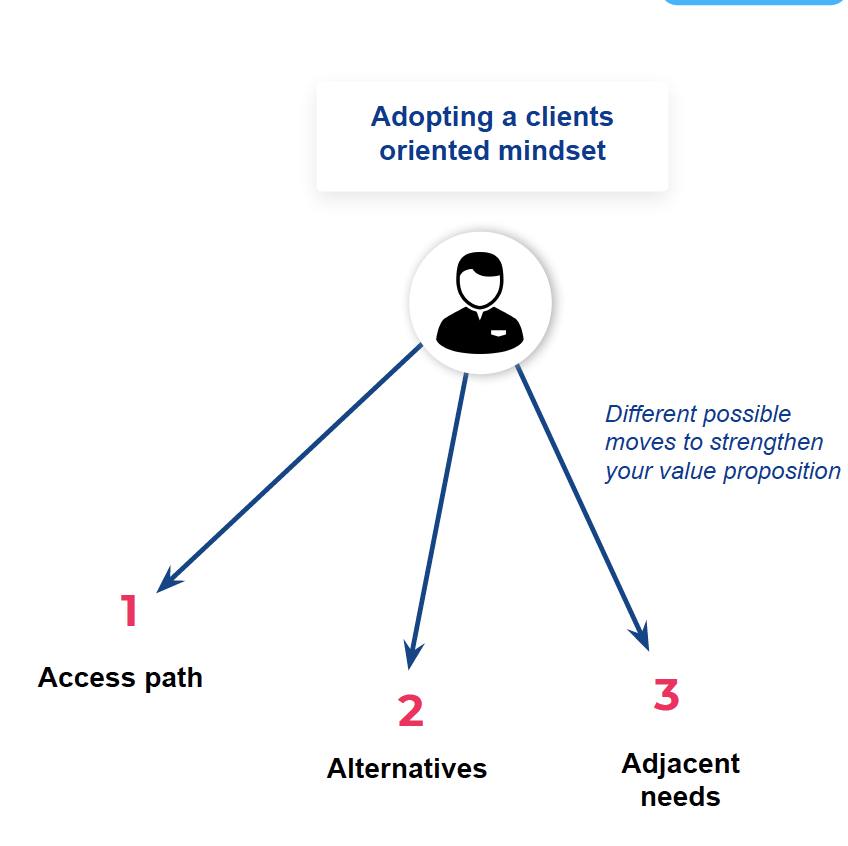
To that end, companies need to monitor their uses. EasyJet did this in travel, by placing its website at the center of its strategy, well before other players followed suit, and by rolling out an iPhone app at a time when, as underlined by Stéphane Crétel, Innovation project manager at Air France KLM, during a debate organized at Leonard:Paris, “we were still saying, iPhone? We all use Blackberries!”
In conclusion: key takeaways
Focus on the customer, attract the best talent and adopt an innovative approach… Disruption is here to stay, so we want to share a few essential keys for coping with its effects.
- Every industry is impacted by the redistribution of value chains, no company is shielded from disruption, regardless of its size or activity
- All it takes is one innovation in technology or the customer experience for a newcomer to position its business in a key aspect of your activity (often nearest to the customer)
- In construction, mobility and energy, many companies are innovating, even if their ambitions are not as expansive as Katerra or The Boring Company
- The environmental transition brings additional factors of disruption and reorganization in these markets, with carbon reduction issuing a strong call to arms to innovators.
“This confrontation is here to stay: disrupting disruption means no longer seeing it as a new, fast and sudden phenomenon, but instead as a permanent, slow and gradual threat that demands constant adaptation. We’re working on it, and our work is never done!”
Julien Villalongue I director of Leonard
